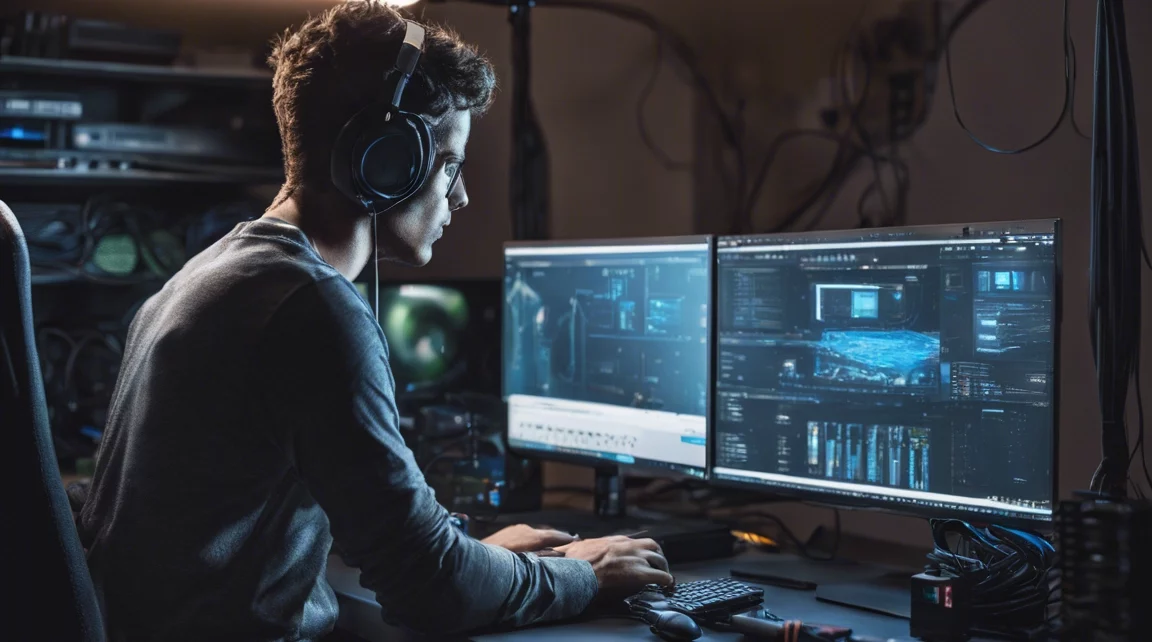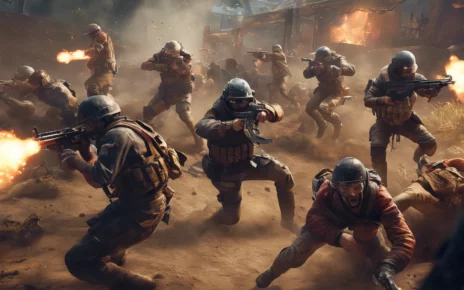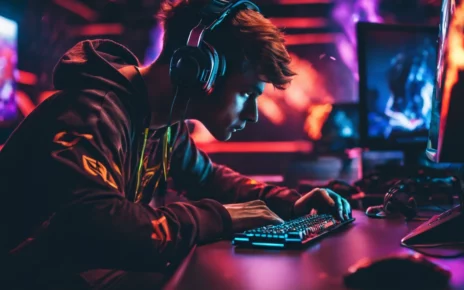Jumping into the world of PC customization can feel like stepping into a high-tech wonderland. The ability to tailor your computer to meet your exact needs—whether you’re a hardcore gamer, a designer, or a casual user—offers unparalleled advantages. However, it’s essential to focus on practicality over flashy components, ensuring that your machine is optimized for performance, budget, and usability.
In this guide, we’ll walk you through the essentials of PC customization, from understanding core components to optimizing your software and enhancing aesthetics. Whether you’re building from scratch or upgrading, these tips will help you craft a system that truly meets your needs.
1. Identify Your Needs
The first step in any customization journey is determining your specific requirements. Are you a gamer seeking peak FPS? A content creator managing demanding software? Or a general user looking for a reliable system? Your use case dictates every subsequent decision, ensuring that your choices align with your goals.
Why Purpose Matters
- Gamers: Prioritize a powerful GPU, high refresh rate monitors, and responsive peripherals.
- Designers: Focus on multi-core CPUs, ample RAM, and color-accurate displays.
- Everyday Users: Balance performance and affordability with mid-range components.
2. Set a Realistic Budget
Budgeting is critical in avoiding unnecessary expenses. While it’s tempting to splurge on top-tier components, a well-thought-out budget ensures you invest in what matters most.
Budgeting Tips
- Prioritize Needs: Allocate more budget to essential components like the CPU or GPU.
- Plan for Upgrades: If funds are tight, choose parts you can upgrade later, like RAM or storage.
- Compare Prices: Shop around during sales or consider refurbished options for savings.
3. Understand Core Components
Processors (CPU)
The CPU is your PC’s brain, handling all tasks. For gaming and general tasks, options like AMD Ryzen 5 or Intel Core i5 offer excellent performance at a fair price. Power users should consider Ryzen 7 or Intel i7 models for multitasking and rendering.
Memory (RAM)
RAM directly impacts your PC’s ability to multitask.
- Basic Use: 8GB is sufficient for browsing and light tasks.
- Gaming and Editing: 16GB provides smooth performance.
- Power Users: Opt for 32GB or more to handle demanding applications.
Graphics Cards (GPU)
A strong GPU is vital for gaming and graphic-intensive tasks. NVIDIA and AMD offer a range of GPUs tailored for different budgets and needs. Entry-level gamers can opt for cards like the GTX 1650, while enthusiasts may prefer the RTX 4070 or AMD RX 7900.
Storage (SSD and HDD)
- SSD: Drastically reduces boot and load times. A 500GB SSD is a great starting point.
- HDD: Ideal for bulk storage at a lower cost. Pair a 1TB HDD with your SSD for the best of both worlds.
4. Optimize Software for Performance
Custom hardware is only as good as its software configuration. Fine-tuning your operating system (OS) and software ensures stability and speed.
Essential Software Tweaks
- Update Drivers: Keep your OS and hardware drivers current for bug fixes and performance improvements.
- Reduce Startup Programs: Disable unnecessary applications from launching during startup to boost boot speed.
- Clean Storage: Use tools like Disk Cleanup or third-party software to remove clutter and optimize storage.
Advanced Optimization
- Performance Tools: Third-party apps like MSI Afterburner offer advanced options like overclocking and fan control.
- Process Management: Use Task Manager to prioritize critical tasks, ensuring smooth operation even during resource-heavy sessions.
5. Enhance Thermal Performance
Cooling Systems
Heat management is crucial for performance and longevity. Without proper cooling, components can overheat and throttle performance.
- Air Cooling: Budget-friendly and reliable for most setups. Popular choices include the Hyper 212 and Noctua coolers.
- Liquid Cooling: Ideal for overclocked systems or high thermal loads, offering superior cooling but at a higher cost.
Fan Placement
Strategic fan placement ensures optimal airflow. Use a push-pull configuration to balance intake and exhaust for efficient cooling.
Maintenance Tips
- Regularly clean dust from fans and vents.
- Reapply thermal paste to CPUs and GPUs every few years to maintain heat transfer efficiency.
6. Elevate Aesthetics and Ergonomics
Design and Lighting
Customization extends beyond performance to aesthetics.
- LED Lighting: RGB components let you match your PC to your personality or gaming space.
- Sleek Cases: Opt for cases with cable management features and tempered glass panels to showcase your build.
Ergonomic Peripherals
Comfort is as important as style, especially for extended use.
- Keyboards and Mice: Ergonomic designs reduce strain and improve productivity.
- Monitor Placement: Use adjustable stands or mounts to improve posture and desk space.
Cable Management
Tidy cables enhance both airflow and aesthetics. Use zip ties or Velcro straps to bundle cables neatly.
Conclusion
Customizing a PC is a blend of technical know-how, creativity, and practicality. By focusing on your needs, setting a budget, and carefully selecting components, you can create a machine that’s powerful, efficient, and uniquely yours. With proper optimization and regular maintenance, your custom PC will provide exceptional performance for years to come.
Whether you’re a beginner or a seasoned builder, these tips will guide you toward achieving your dream setup. Dive in, and enjoy the rewards of a system tailored just for you!




